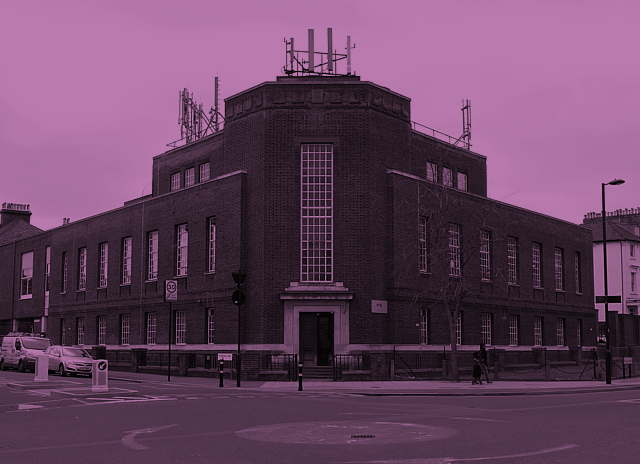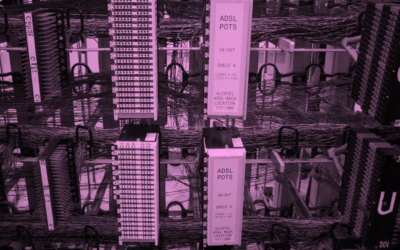Openreach Industry Consultation – Exchange Exit Pilot – Feedback from CPs
On 12 April 2022 Openreach published a summary of feedback from its December 2020 industry consulation on Exchange Footprint.
The Executive Summary of the publication is as follows:
“1. As an industry, we have embarked on a fundamental upgrade of the UK’s broadband infrastructure with billions being invested by Openreach and others to deploy Fibre to the Premises (FTTP), and large-scale migration of customers to Openreach’s new fibre platform is now underway. Voice services are migrating from TDM voice to IP Voice with the closure of the PSTN.
2. We would like to thank CPs for their responses to the “Exchange Exit Pilots” consultation, which have been both considered and thoughtful.
3. Timing – Some CPs wanted to delay the start of the Pilot, and others a later end date. We recognise the concerns raised and have tried to balance these with the Pilot objective, which is to get learning sufficiently early to feedback and inform the overall exchange exit program. We therefore propose to start the Pilot one month later than proposed in the consultation, and end 3 months later.
4. As migrations gather pace, the opportunity to consolidate and simplify legacy infrastructure for Communication Providers (CPs) and Openreach will come into sharper focus, and as an industry we need to be ready. CPs will have significant exchange-based infrastructure outside our Openreach Handover Points (OHPs) that they will no longer need to connect to their customers. That opens up the opportunity for exchange exit, as these customers will migrate to FTTP and SOGEA products that will not require supporting exchange infrastructure beyond our key OHPs.
5. In December 2020, we began to discuss the long-term backhaul architecture strategy of the Openreach network with CPs. We highlighted the opportunity for Openreach to exit exchanges that will no longer be needed to support FTTP, FTTC or Leased Lines. And on the 3 of December 20201 we set out our ambition to exit 100 exchange buildings by December 2030, and a large majority of the remaining 4,500 non-OHP exchanges in the early 2030s.
6. By exiting these exchanges, we see an opportunity for Openreach and CPs to consolidate infrastructure, reduce energy consumption and increase efficiency. Conversely if we do not, CPs and Openreach will be saddled with inefficient infrastructure supporting a small number of lines and services.
7. Several respondents to the December 2020 consultation suggested that, despite the long lead time, it will be challenging to exit 100 exchanges by 2030 in terms of both planning and delivery. We agree, which is why we want to run a set of pilots with enough time to reflect learning into the main program. We set out our proposals and a revised list of pilot exchange locations in our second consultation published to industry on 12 November 20212
.
8. In the November 2021 consultation, we proposed to use five pilot locations (proposing an additional 3 exchanges to the original 2 locations) to further identify the operational enablers, processes, and notification periods to facilitate exchange exit, and better understand the commercial opportunities and challenges. 9. A key priority for Openreach in this Pilot is to ensure that all customers are migrated safely and with minimal disruption. The pilots will help us develop and test the processes that we and industry will need to underpin to achieve this goal. It will also build on the FTTP-led Pilot in Salisbury and the SoGEA Pilot in Mildenhall, where similar withdrawal processes are happening.
10. We received 11 written responses from across the industry to the November 2021 consultation, with input from large and small CPs, as well as industry associations. Collectively these responses represent over 90% of end customers connected to our network.
11. Overall, the feedback was supportive of the Pilot, the objectives and success criteria, with some challenges around the proposed dates/timescales of the migration, the scope, challenges of migration of cohorts of customers and unknown complexity for Exchange Exit.
12. Going forward, Openreach will continue to work directly with Ofcom, OTA2 and CPs through the industry working groups to develop the specifics of the Pilot, addressing key points raised in the feedback received where additional detail or information has been requested especially for key customer groups: the vulnerable and Critical National Infrastructure (CNI) organisations.
13. Having now considered the input and feedback from industry to the November 21 consultation, this document sets out below the Openreach response to the questions and issues raised. In addition, it also sets out any changes to the timelines and pilot scope as a result of industry representation.”
The full document can be downloaded from here.




0 Comments